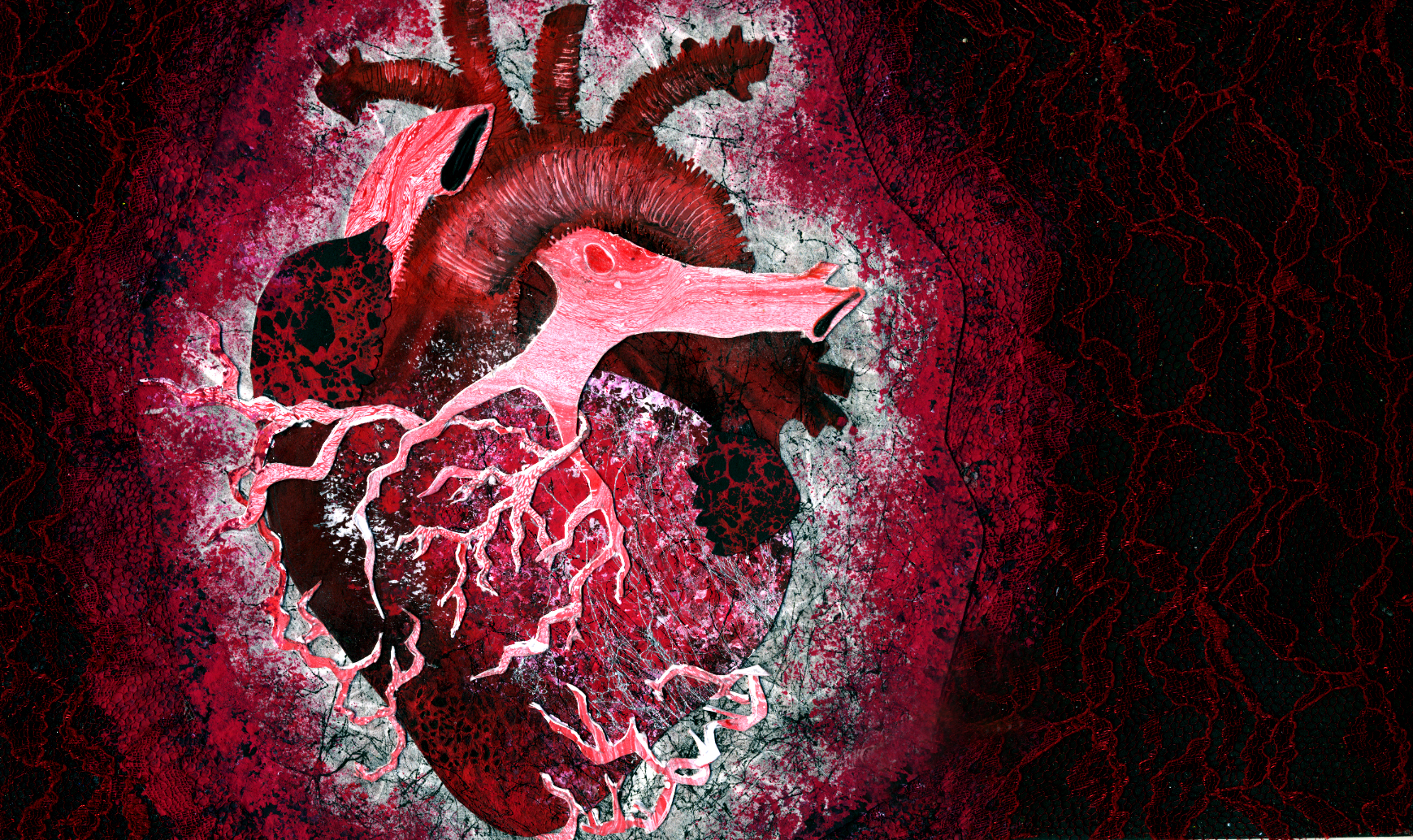There is no life without a heart. And none without a beat. Which is why the heart is one of the first organs to be formed - albeit in a rudimentary fashion - very early on in life; as early as two weeks in the human embryo which, at that point, bears little resemblance to a human being. The heart is such a vital part of us that it has been a symbol of life for millennia, as it has of love, because so many of our emotions pass through it, either making it flutter, skip a beat or beat faster. It is so central that a lot of time, thought and energy is put into keeping a heart pulsing, be it during an operation or following cardiac arrest. Some hearts are also born lazy, which can be seriously disabling. Pacemakers are an answer to this, but they are artificial so have their drawbacks. A biological alternative, however, known as T-box transcription factor Tbx18, could prove to be revolutionary in the near future.
As far back as the 4th century BC, the Greek philosopher Aristotle described the heart as the body's most important organ, i.e. the seat of intelligence, motion and sensation. He felt surrounding organs, such as the brain and the lungs, were simply there to cool it down. In the second century AD, the Greek physician Galen spoke of the heart as the source of the body's heat and the entity most closely related to the human soul. He was also one of the first natural philosophers to suggest that there were other organs in the body which were just as essential to life. As for the anatomy and basic role of the heart as we know it today, it was only in the 17th century that the English physician Harvey described it as an organ which distributes blood to the rest of the body. The French philosopher Descartes, one of Harvey's contemporaries, went one step further describing the heart as a pump, or even a combustion engine.
At the very beginning of human development, what will become the heart is just an elongated tube. As the hours, days, weeks and months go by, this rudimentary tube will get larger, grow longer, divide into chambers, valves and septa so that blood - and hence oxygen and other nutrients - is fed to the rest of our body. All this requires complex networks of all sorts of biomolecules triggering off or repressing the expression of developmental genes. From a chronological point of view, the embryonic heart has to start pumping very early on and, yet, continue to develop. Pumping is sustained by the outer wall of the heart, in a region called the sinoatrial node, in which are located thousands of pacemaker cells that fire off electrical impulses that determine the heartbeat.

But how do pacemaker cells develop in the first place? This is where the T-box transcription factor Tbx18 comes in. Tbx18 is able to convert "ordinary" heart cells into the more specialised pacemaker cells. How? Tbx18 is a repressor of gene transcription. Repression depends on the presence of a motif known as the eh 1-motif, which binds to Groucho, a co-repressor with Tbx18 - so named because, in Drosophila, a mutation results in thick tufts of sensory bristles over the eyes, echoing the characteristic bushy eyebrows of the American comedian Groucho Marx. Once bound to Tbx18, the heterodimer is able to modify histones in such a way that the chromatin to which they are bound becomes inaccessible for transcriptional activation. As a result, the somatic heart cells are programmed to become pacemaker cells.
With this in mind, scientists wondered whether it would be possible to re-programme somatic cells on the outer layer of a mature heart whose beat has become lazy. In the past 50 years, the heartbeats of patients with cardiac arrhythmia or sluggishness have been regulated by electronic pacemakers that are usually quite reliable. In some patients, however, artificial pacemakers can cause infection or become mal-adapted with time. Sometimes it is necessary to remove the pacemaker to deal with the infection, and keeping the heart going can be problematic. So an alternative system would be welcome.
Several years ago, scientists managed to genetically engineer the cardiac cells of small mammals, such as guinea pigs, with Tbx18 and re-programme mature cardiac wall cells to become pacemaker cells - something that usually only occurs during embryogenesis. The hearts of guinea pigs are a far cry from human hearts however, so the researchers turned to pigs whose hearts are not only similar in size to human hearts but also in their architecture. By injecting adenovirus vectors armed with Tbx18 into porcine heart muscles in which the pacemaker cells had been destroyed, the injected cells were actually reprogrammed, adopted the morphology of pacemaker cells and - more importantly - acted like them. In effect, the scientists had created a new sinoatrial node.
It is not difficult to understand that such a technique could be revolutionary. It is non-invasive, there is no need for an open chest operation, and it avoids implanting an artificial device which is always prone to infection. This said, so far the re-programming of cardiac cells into pacemaker cells only lasts about two weeks - because of what is known as clearance of adenovirally transduced cells in mammals - but the technique could still be valuable in the event of an infection when it becomes necessary to remove the artificial pacemaker for a period to clear it. It seems to work on pigs; the next step is to try the technique on humans. And then find a way of making the reprogrammed cells work for a far longer period than just two weeks. Besides making sure that the technique doesn't create more than one sinoatrial node on the same cardiac wall - in other words create more than one heartbeat - enough to fling any heart into utter confusion.

